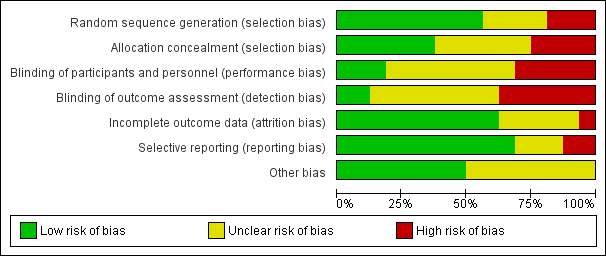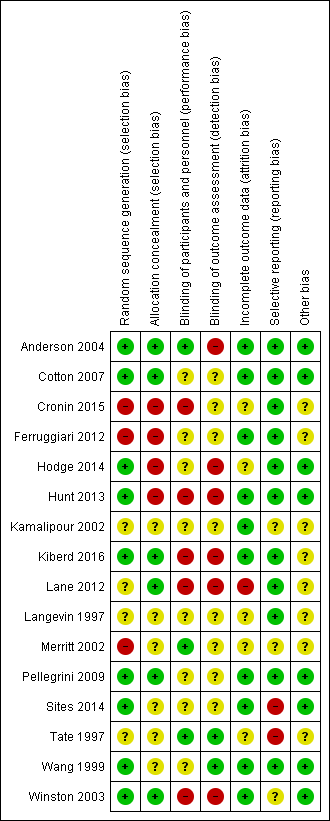Contenido relacionado
Revisiones y protocolos relacionados
Annette M Matthews, Rongwei Fu, Tracy Dana, Roger Chou | 12 enero 2016
Anna Lee, Simon KC Chan, Lawrence TY Fan | 2 noviembre 2015
John Carlisle, Carl A Stevenson | 17 julio 2017
Mark D Smith, John McCall, Lindsay Plank, G Peter Herbison, Mattias Soop, Jonas Nygren | 14 agosto 2014
Stephanie Weibel, Gerta Rücker, Leopold HJ Eberhart, Nathan L Pace, Hannah M Hartl, Olivia L Jordan, Debora Mayer, Manuel Riemer, Maximilian S Schaefer, Diana Raj, Insa Backhaus, Antonia Helf, Tobias Schlesinger, Peter Kienbaum, Peter Kranke | 19 octubre 2020
James K Jewer, Michael J Wong, Sally J Bird, Ashraf S Habib, Robin Parker, Ronald B George | 29 marzo 2019
Brett Doleman, Jo Leonardi-Bee, Thomas P Heinink, Hannah Boyd-Carson, Laura Carrick, Rahil Mandalia, Jon N Lund, John P Williams | 14 junio 2021
Matthew Bizzarro, Ian Gross, Fabiano T Barbosa | 3 julio 2014
Stephanie Weibel, Yvonne Jelting, Nathan L Pace, Antonia Helf, Leopold HJ Eberhart, Klaus Hahnenkamp, Markus W Hollmann, Daniel M Poepping, Alexander Schnabel, Peter Kranke | 4 junio 2018
Thewarug Werawatganon, Somrat Charuluxananan | 28 marzo 2013












